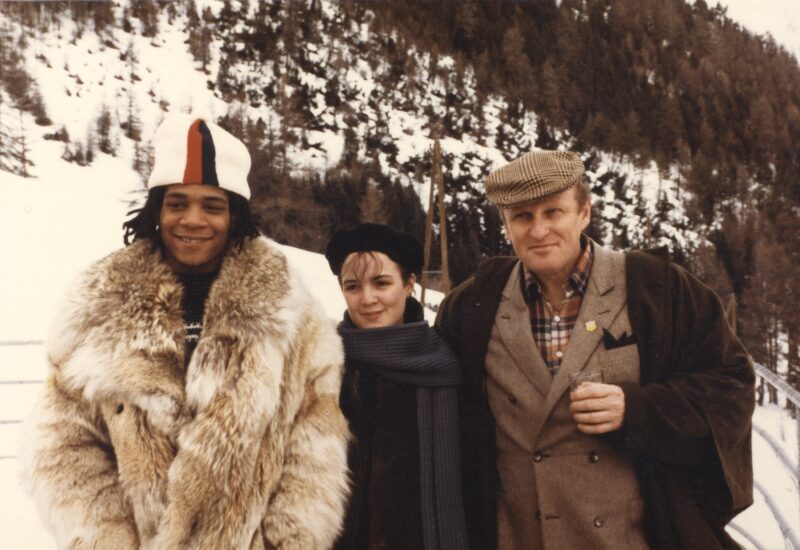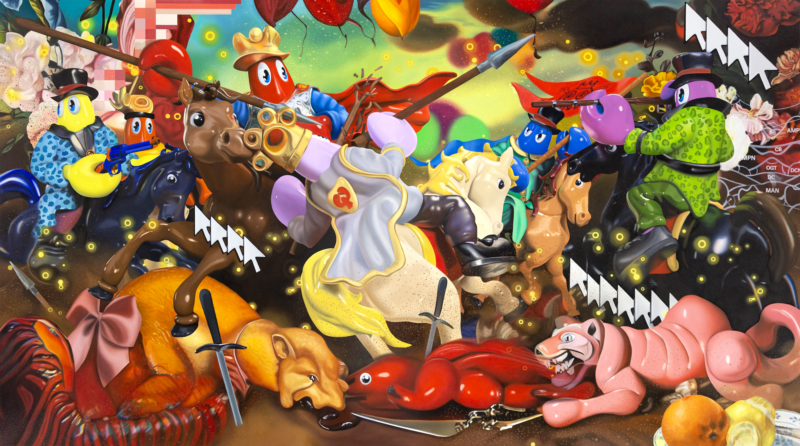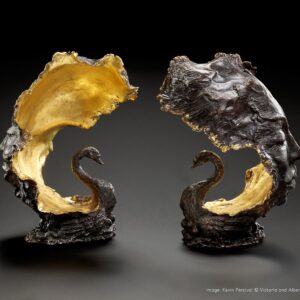Acclaimed Canadian photographer Edward Burtynsky has used his career as an artist to highlight and critique the impact of industrialisation on the natural world, and his latest showing at The Saatchi Gallery is no different. Extraction / Abstraction is the largest exhibition of Burtynsky’ work to date, capturing the overwhelming scale of his vision, and humanity’s changing environment. Working within the interplay of wild and post-industrial spaces, and how these shape not only the largest natural phenomenon on our planet, but the individual lives of human beings, the show is a stirring portrayal of the Anthropocene at its most striking and devastating.
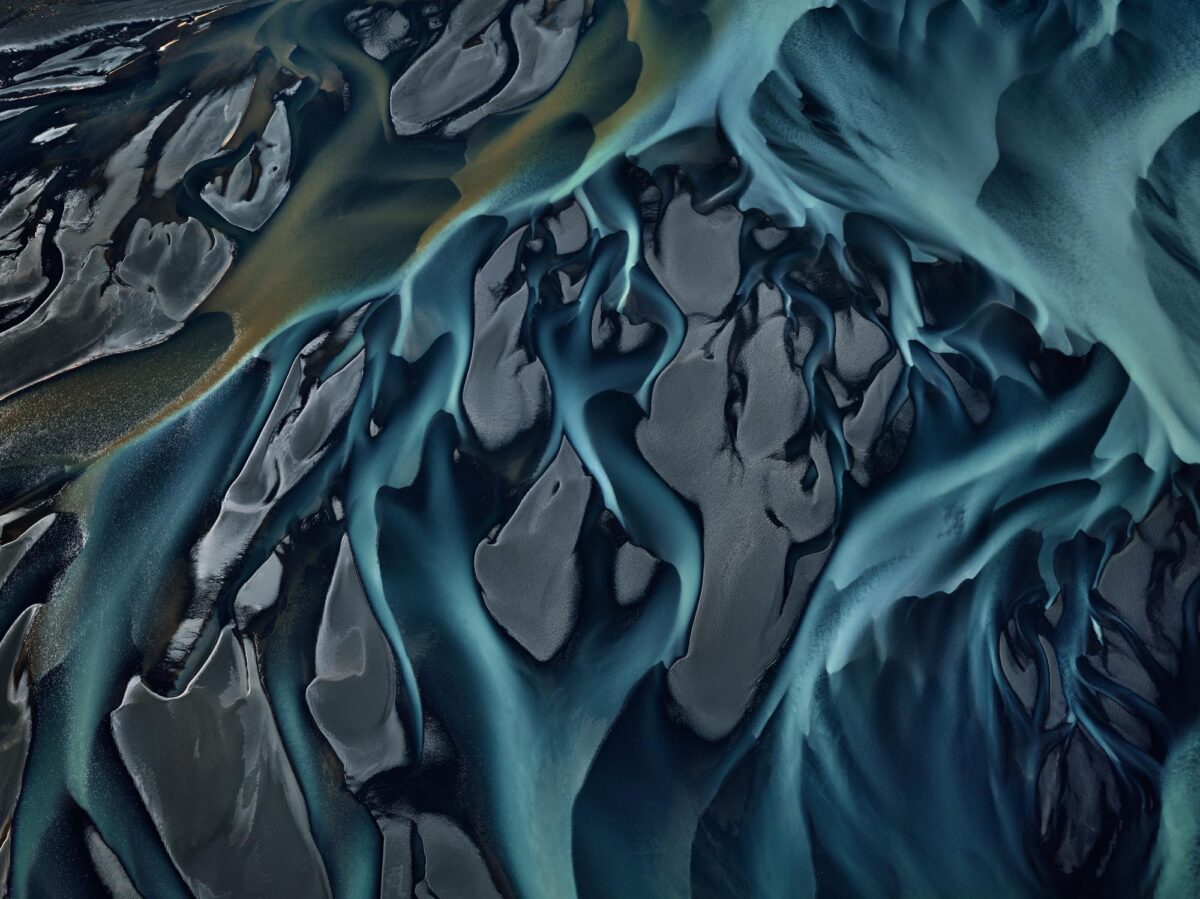
Born in 1955, in Ontario, Canada, Burtynsky was raised during an explosive industrial shift during the 20th century. As consumer economies took over from war-time emphases in production, Burtynsky would witness a shift in ideology backing the natural exploitation of the planet. Whilst the havoc wreaked on Earth’s surface by open quarries, oil and mining operations, and the astronomical waste from the manufacturing of consumer products became less justifiable over time, its scale also increased, capturing the young photographer’s imagination. Encounters with his local General Motors plant, and the heavy transport vessels on the Welland Canal in his hometown, formed a powerful aesthetic vision that Burtynsky would explore over an expansive career, and present in full force at the Saatchi Gallery’s latest show.
Both visually arresting, and unsettling once contextualised, many of Burtynsky’s works are aerial landscapes, shrinking the specifics of ecological wreckage to a minuscule size, only to reveal their gargantuan impact. Staring over hundreds of metres of upturned land, quarries that plunge into the earth’s crust, and forests burned and thinned to a few sparse clumps of vegetation, it would be easy to mistake many of Burtynsky’s subjects for warzones. Pulling back from a situation is often used to minimise our empathetic response to it, but in this case the damage on display is so widespread that such a perspective only enhances the pathos of the images. Whilst from this distance, these landscapes are presented as simplified abstract forms, drawn from the bright colours of polluted rivers and toxic soil, the captivating visuals that result only enhance the ecological concerns of the work.
Despite being static, Burtynsky’s photography is one entrenched in a single narrative, that traces the transmutation of our environment by the hands of other human beings. Drilling deep into the earth, leaving plunder and destruction in our wake, the process of extracting raw materials is fuelled by the annihilation of life elsewhere, whether it’s the food eaten by the workers, or the oil powering their machines, nature always pays a price. Locally, this price is paid by the changes to humanity’s immediate surroundings; the abstraction of nature into the simplified utilitarian plains of industrial conquest, as complexity is reduced to the simplified appearances of a landscape’s use-value.
Saatchi’s many visitors will be horrified by the images they find here, yet entranced by their precise composition, technical excellence, and moving raison d’etre. Aside from the jaw-dropping photography, they will have the chance to explore Burtynsky’s ‘Process Archive’; a showcase of his various tools and equipment, and how these have changed to match technological progress over the years. A special presentation of his multi-media project In the Wake of Progress is also available, seeking to engage its audience with issues of sustainability, and the true impact of human industry on our planet. A remarkable achievement, Burtynsky’s work simply must be seen.
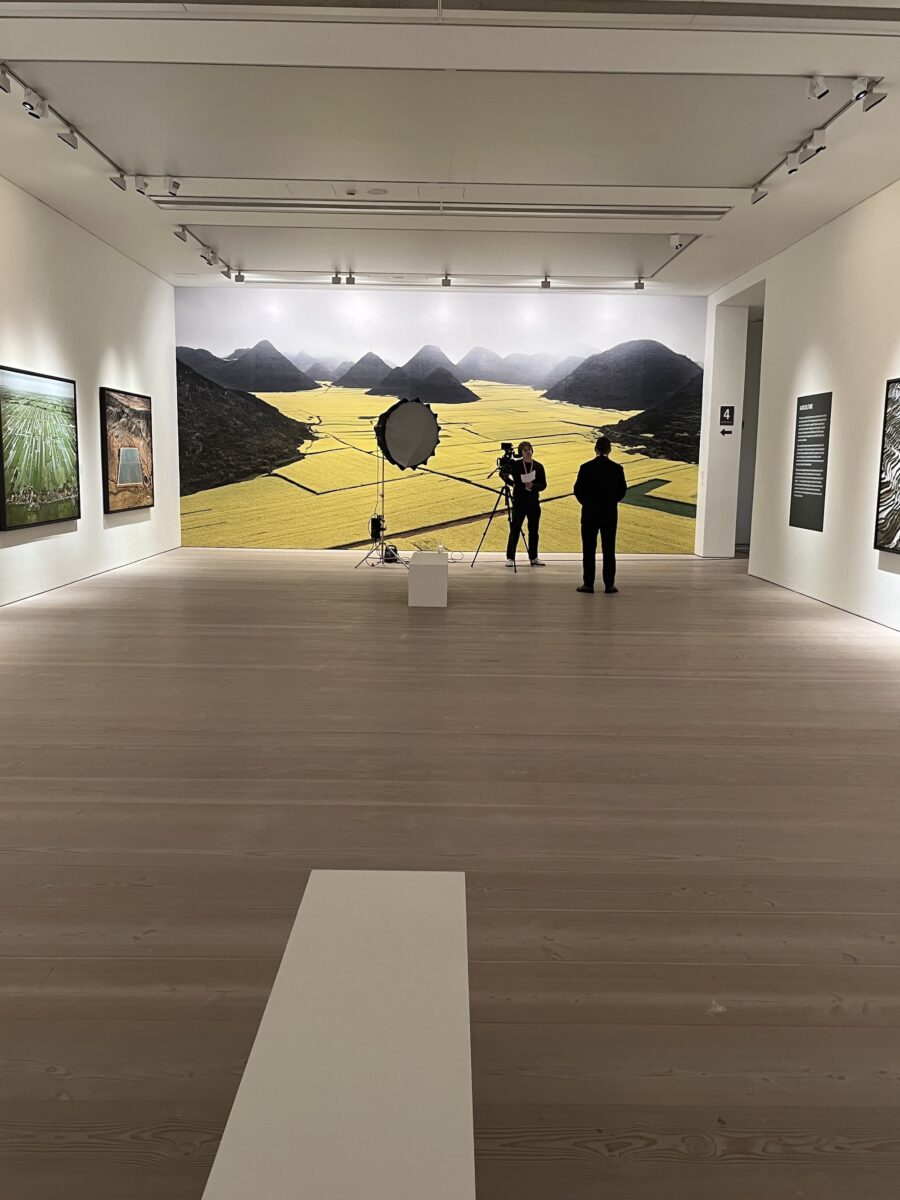
Burtynsky: Extraction/ Abstraction, a retrospective of the photographer’s work, is at Saatchi Gallery, Feb 14th to May 6th; Edward Burtynsky — New Works is at Flowers Gallery, Feb 28th to Apr 6th.


